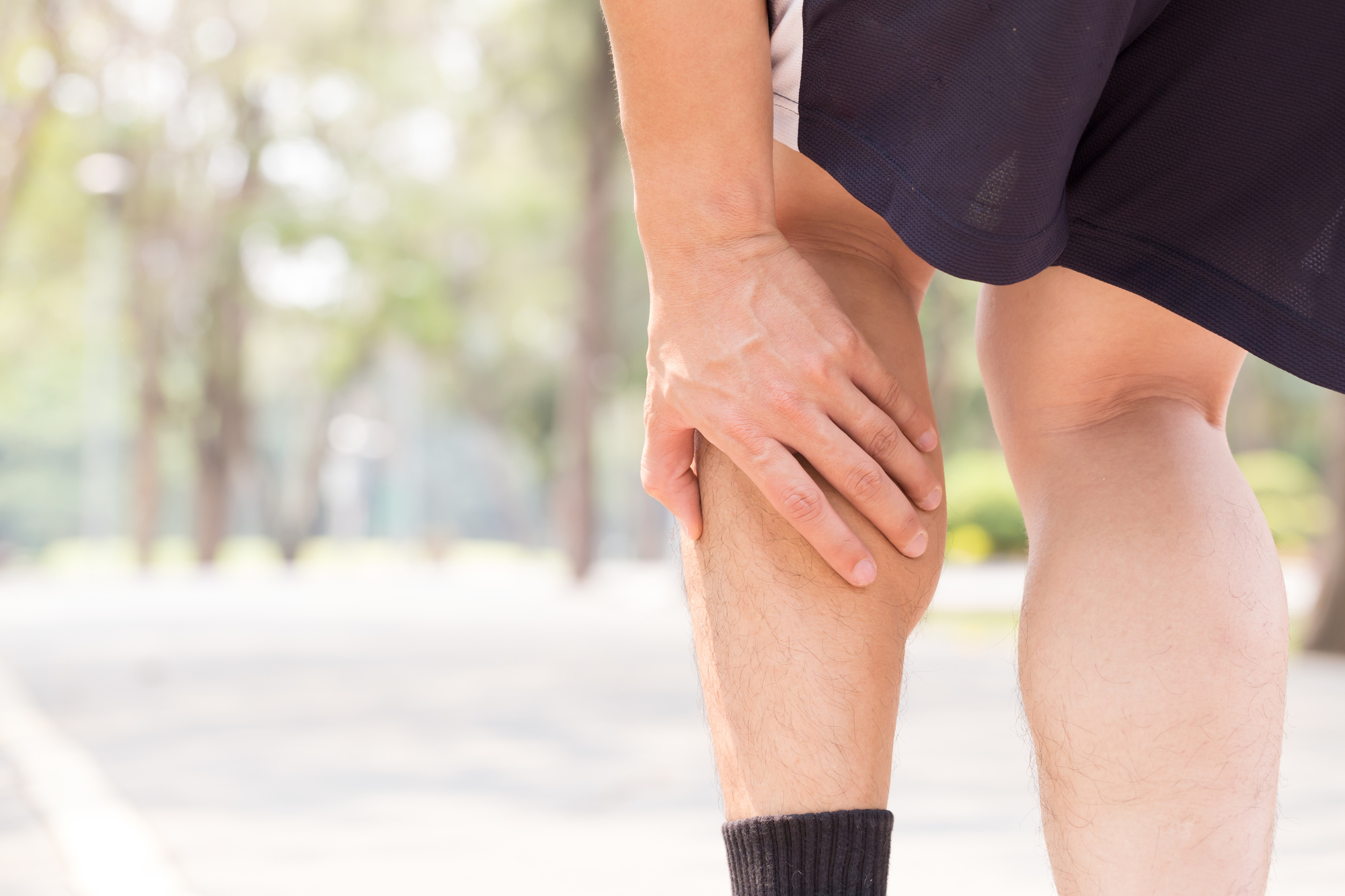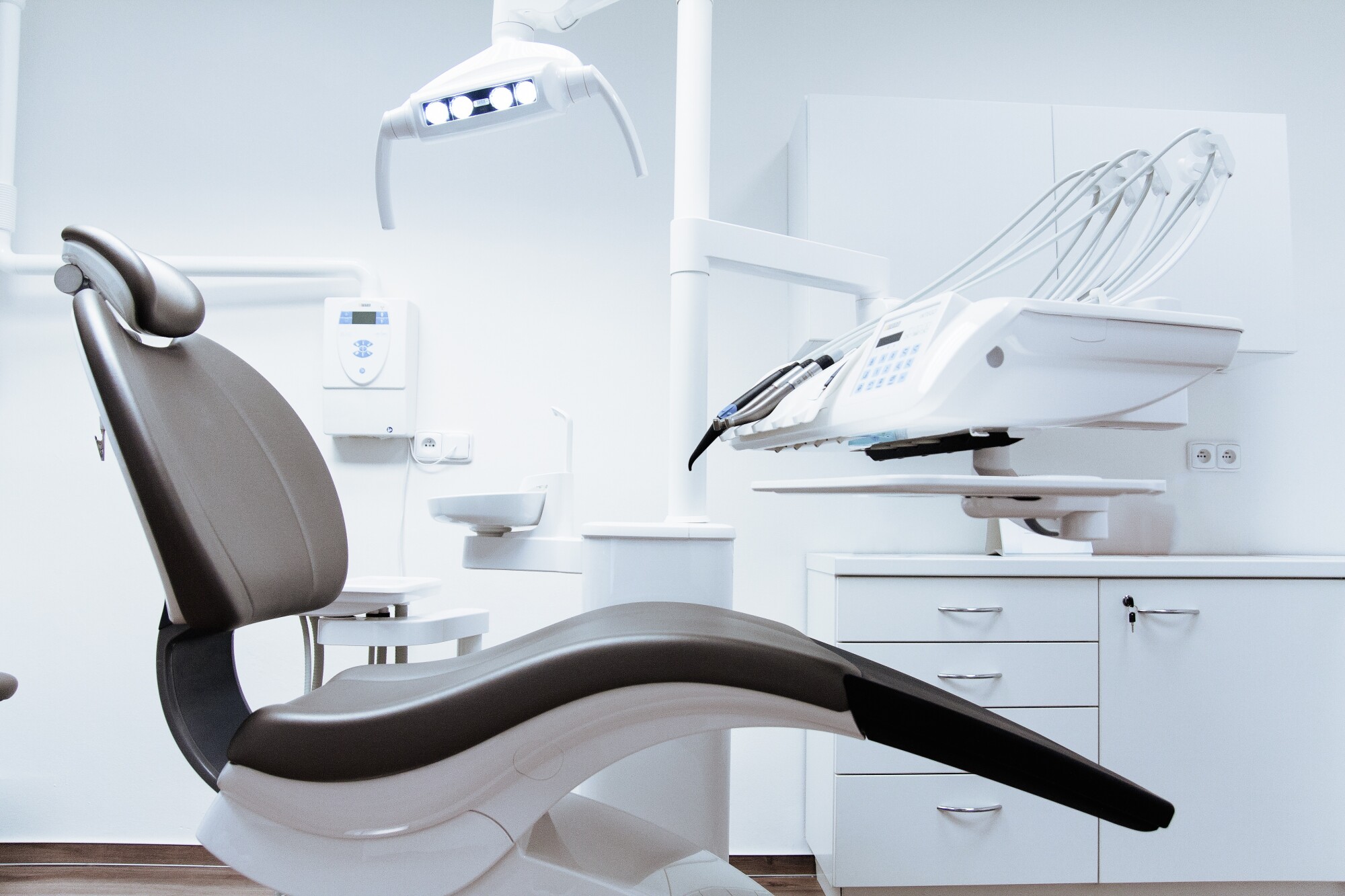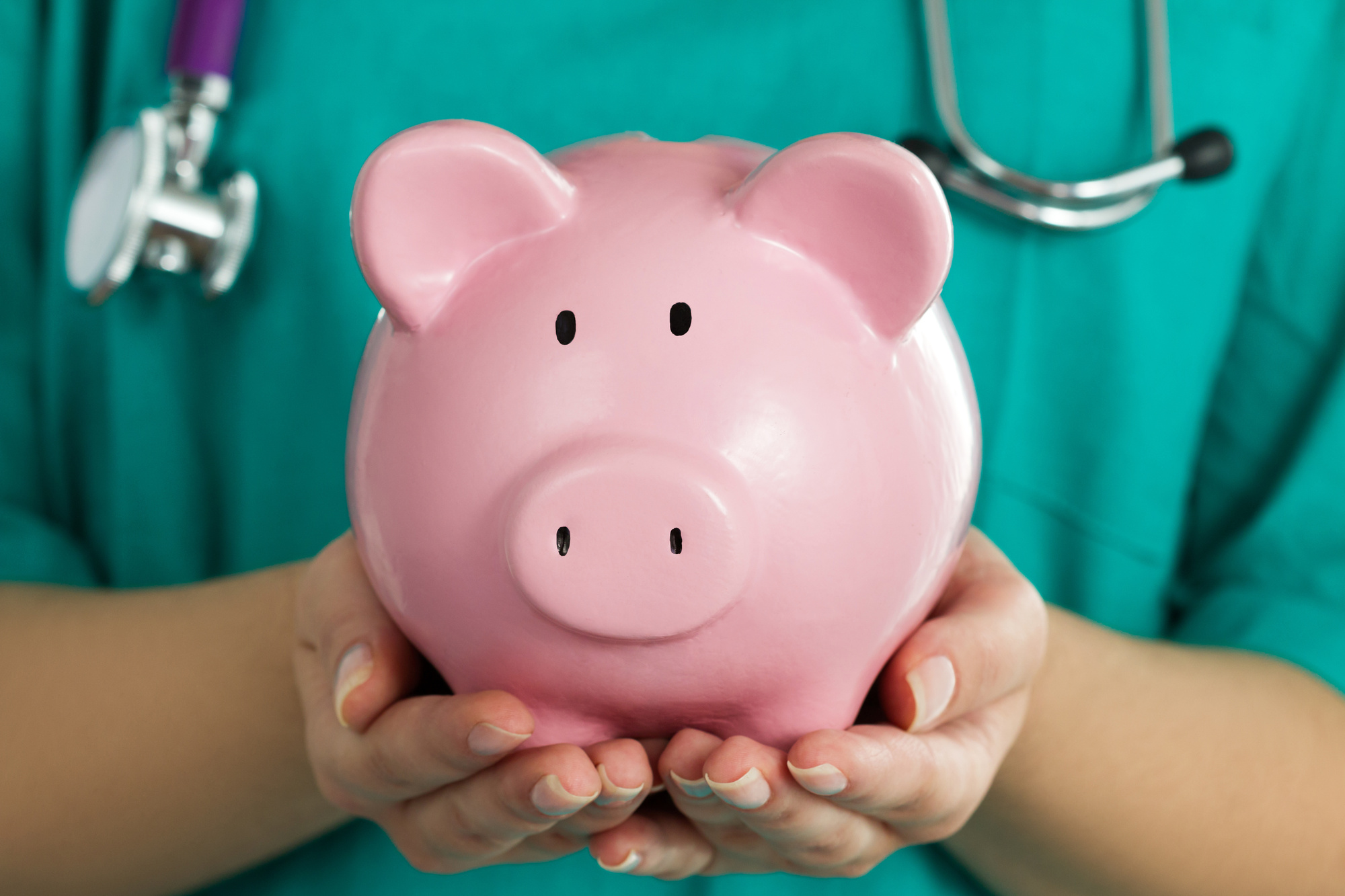How to Relieve Sore Muscles: Your Step-By-Step Guide

Have you been hitting the gym hard lately? Or, have you been doing lots of hiking or biking?
No matter what your preferred form of activity is, doing more of it than usual can leave you feeling achy and sore the next day (or for the next few days).
If you’ve been trying to figure out how to relieve sore muscles, keep reading.
Listed below are some simple tips that will help you feel better and get back to the activities you love.
What Causes Muscle Soreness?
Why do your muscles feel sore after a tough workout? There are actually a couple of reasons.
First, vigorous exercise causes lactic acid to accumulate in the muscles. Lactic acid is a byproduct of muscle metabolism, and it can irritate the muscles and cause you to feel sore and uncomfortable.
Lactic acid is typically removed from the muscles within a few hours of your workout, though.
The primary cause of post-workout muscle soreness is swelling that takes place in the muscles. After you workout, a variety of compounds, including white blood cells, nutrients, fluids, and prostaglandins, flow to your muscles to repair the microscopic damage that occurred.
This swelling typically lasts for a couple of days after your workout as your body works to repair the muscles.
How to Relieve Sore Muscles
The good news is that there are lots of things you can do to relieve muscle soreness and speed up the recovery process. This will allow your muscles to repair faster and get you back to your workouts or other activities more quickly.
Some of the best things you can do to relieve sore muscles include:
1. Stretch
One of the best things you can do after a workout to minimize the amount of soreness you feel is to take some time to stretch.
Stretching helps the muscles relax. It can also improve blood flow to the muscles you targeted during your workout. This, in turn, can speed up recovery.
Stretching also helps you improve your mobility. This makes it easier for you to move through a full range of motion during your workouts.
When you make mobility a priority, you may find that your workouts make you less sore than they did in the past. It’ll also be easier for you to do exercises with proper form, which reduces your injury risk.
2. Foam Roll
Foam rolling is another great post-workout activity that can help you minimize muscle soreness. Foam rolling, like stretching, is great for loosening up tense muscles and improving blood flow to sore areas so that they can recover faster.
When you’re foam rolling, be sure to move slowly and hold pressure on sore areas — don’t just roll back and forth like you’re rolling out cookie dough!
3. Get a Massage
In addition to foam rolling, very active people can also benefit from regular massages.
There are tons of benefits that come with getting a professional massage.
You’ll be able to better loosen up tense areas and heal faster after intense workouts. Massage can also help you relax and get better sleep. This, in turn, can help promote faster recovery.
This article can provide you with even more information on the benefits of massage when you’ve been working harder than usual.
4. Eat to Promote Recovery
Did you know that the food you eat can relieve muscle soreness and help you recover faster?
Post-workout protein can help your body get the amino acids (building blocks of protein) that you need for muscle repair.
Fruits like pomegranates and tart cherries also contain antioxidants that help repair damage and minimize inflammation and soreness.
Make omega-3 fatty acids a priority as well. These essential fatty acids (found primarily in fatty fish like salmon) also help fight off inflammation.
5. Use Ice and Heat
When you’ve finished a tough workout, try applying ice to your muscles. This will help prevent inflammation and minimize pain.
It’s also beneficial to alternate with heat treatments. Spend some time icing your muscles, then apply a hot water bottle or heating pad. This increases circulation and helps speed up the muscle recovery process.
6. Keep Moving
This one can be hard for some people. After all, when you’re feeling sore, the last thing you probably want to do is get up and move around.
In reality, though, getting in some gentle movement can help improve blood flow and speed up recovery after a difficult workout.
Instead of planting yourself on the couch for 24 hours after a tough training session, go for a long walk or take a gentle yoga class instead. The movement will help reduce stiffness, and you’ll likely be able to get back to your workouts sooner than if you hadn’t moved at all.
How to Prevent Sore Muscles
You can also take steps during your workout to limit the amount of soreness you feel afterward. You may not be able to prevent it altogether, but implementing these strategies can help you avoid dealing with that I-can-barely-get-out-of-bed feeling.
1. Gradually Increase Intensity
Many people end up with extra soreness when they take on too much, too soon.
Instead of pushing yourself to the limit during every workout, focus on making gradual changes to your intensity.
If you think you need a challenge, either increase the weight or increase the number of reps you’re doing — don’t try to ramp up both at once.
2. Listen to Your Body
Be sure to pay attention to what feels good for you, not what the people around you are doing.
It’s easy to fall into a comparison trap and try to take on more than you should, especially if you’re working out with friends or teammates.
Remember to pay attention to your own body’s cues, though. It’ll serve you far better than trying to compete with someone who’s on a different level than you.
3. Schedule Your Rest Days
Don’t forget to schedule days off when you’re putting together a workout routine. There’s no need to workout seven days a week. In fact, that will probably do more harm than good, especially if you’re just getting started.
Most people can benefit from at least two days off each week, although three is probably better for beginners.
Want to Learn More?
If you were feeling confused about how to relieve sore muscles and prevent aches and pains, hopefully, this information has given you some clarity.
Do you want to learn more about how to take proper care of your body?
If so, the useful tips section of our website is full of helpful information that will help you live an active, healthy lifestyle. Check it out today!



